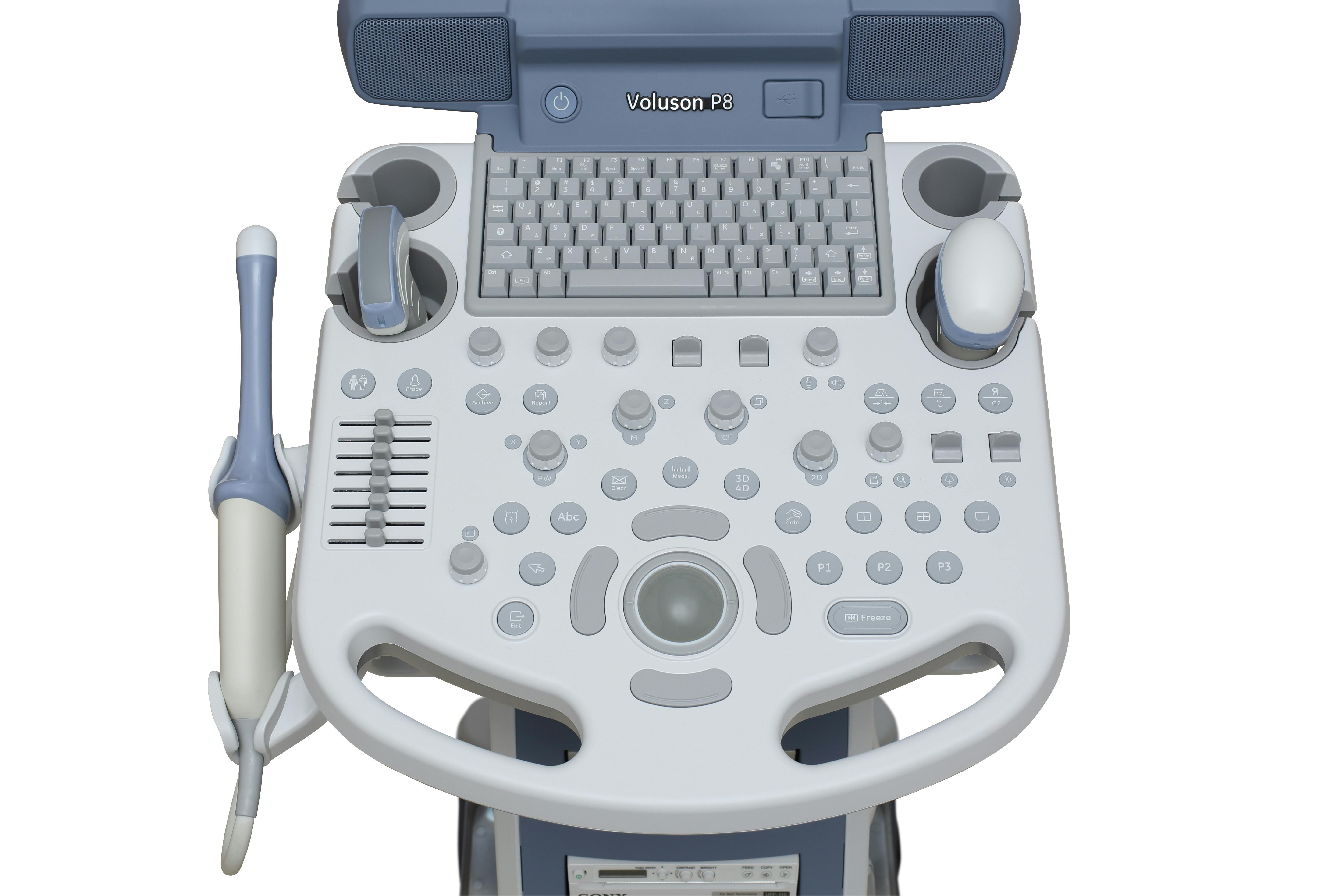Cost and value may be some of the most used buzzwords in the healthcare industry. Patients want the best results for their money, and physicians want to see returns on their capital investments. Studies are finding that 3D volume rendering with ultrasound is faster, cheaper and more accurate than many imaging alternatives. For these reasons, prioritizing 3D ultrasound in your gynecology practice makes practical and financial sense.
Putting Ultrasound First in Gynecology
The American Institute of Ultrasound in Medicine began the Ultrasound First campaign in 2012 to advocate using ultrasound as the first choice for diagnostic imaging. According to the group, ultrasound is a safe, effective and affordable alternative to other, more widely used imaging tests. 3D and 4D ultrasound systems can produce images of quality comparable to MRI and CT tests more quickly and at a lower cost. This makes ultrasound an excellent choice for cost-conscious patients and practitioners looking for diagnostic tools that support value-based care.
A review in the American Journal of Obstetrics and Gynecology (AJOG) suggested that ultrasound should be the first choice for imaging and, in some cases, may be the only test needed for women with pelvic or flank pain, pelvic masses or Müllerian duct anomalies. However, some practices still primarily use CT and MRI scans to evaluate these symptoms.
Benefits of 3D Volume Rendering
The AJOG review also highlighted advances in ultrasound technology, including 3D volume rendering, real-time transvaginal imaging and Doppler techniques to evaluate blood flow, that put ultrasound above other diagnostic imaging tools. The image clarity of a well-performed sonogram provides gynecologists with greater confidence and fewer inconclusive results.
According to research published in Ultrasound in Obstetrics & Gynecology, 3D ultrasound is a "highly accurate" tool for evaluating congenital uterine anomalies. Likewise, research published in the Journal of Ultrasound in Medicine found that ultrasound can help physicians examine Müllerian duct anomalies and other uterine malformations as effectively as MRI.
Safety First
Although the radiation doses from CT scans and X-rays are considered safe, the effects are cumulative, and the number of imaging studies an individual may undergo in her lifetime appears to be rising. Since the 1980s, adults have been exposed to more radiation from medical imaging by a factor of six, according to a study in the New England Journal of Medicine. About 4 million American adults may be exposed to more than 20 mSv per year from imaging studies. Most doctors aim to keep radiation exposure as low as possible for patients, and having an alternative to a pelvic CT scan can spare patients unnecessary exposure.
Convenience and Cost
A 3D ultrasound can create images of the uterus and endometrial cavity at once, making it faster than MRI. Due to the latest advances in ultrasound technology, patients no longer need to hold a full bladder or use contrast agents.
Additionally, the scan can be done in the office, reducing patients' out-of-pocket costs. Most often, a patient receiving an MRI or CT scan will need to schedule an additional appointment, possibly with additional copays, in a separate location. She must then wait for the results and return to the gynecologist's office for an additional follow-up appointment to discuss them. All that time, money and anxiety adds up for patients.
Due to its accuracy, convenience and cost-effectiveness, 3D ultrasound technology empowers gynecology practitioners to provide sustained high-value care to patients. Gynecologists should consider adopting 3D ultrasound as the first-line diagnostic tool for women with pelvic symptoms.





